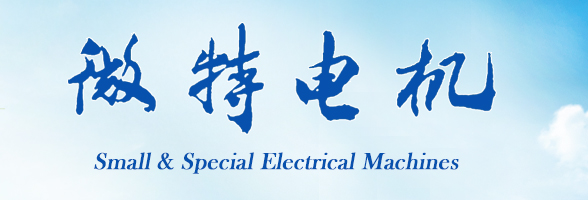摘要: 齿槽转矩由永磁电机中的永磁体和有槽电枢铁心相互作用产生。基于能量法和有限元仿真分析了永磁体极弧系数对电机齿槽转矩的影响,计算选取出最优极弧系数,通过调整磁极偏心距离进一步降低齿槽转矩,将仿真结果与样机测试数据进行对比证实了优化方案的可行性。结果表明,合理选取极弧系数并结合磁极偏心的方法可以有效降低齿槽转矩。
中图分类号:
汪倚彤, 夏睿, 宋剑桥, 王洪武. 表贴式永磁交流伺服电机齿槽转矩优化分析[J]. 微特电机, 2023, 51(3): 36-40.
WANG Yitong, XIA Rui, SONG Jianqiao, WANG Hongwu. Optimization Analysis of Cogging Torque of Surface Mounted Permanent Magnet Synchronous Motor[J]. Small & Special Electrical Machines, 2023, 51(3): 36-40.

